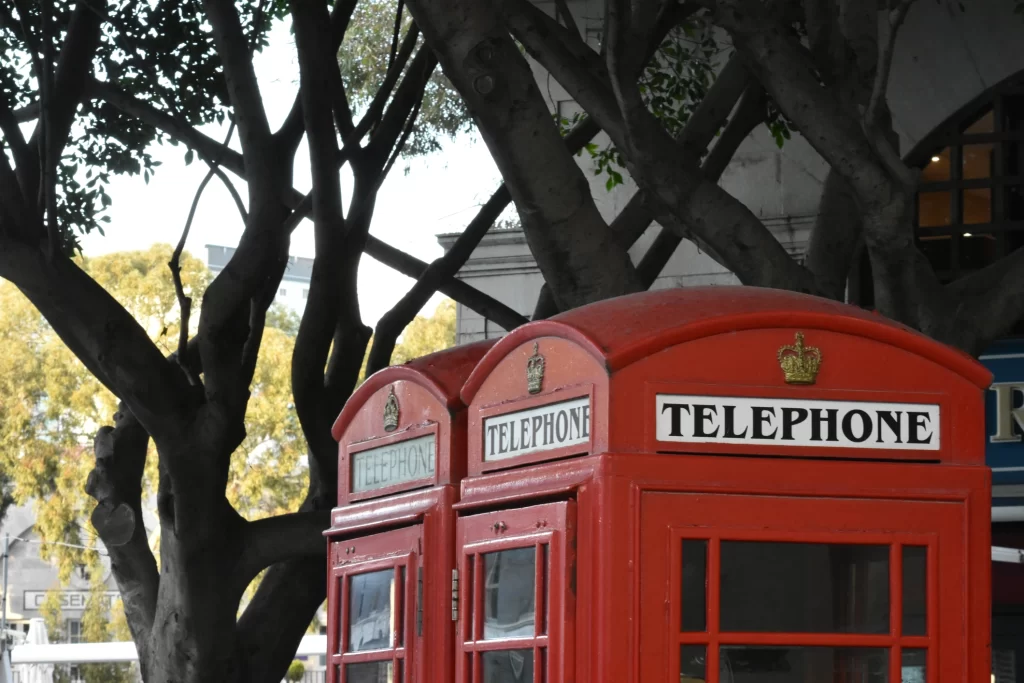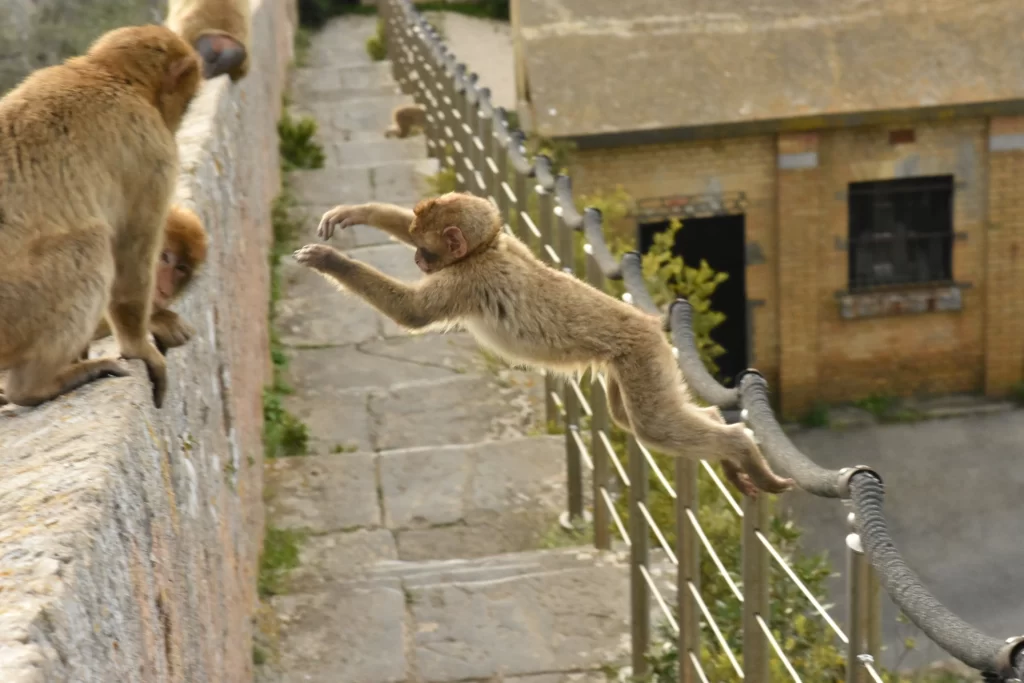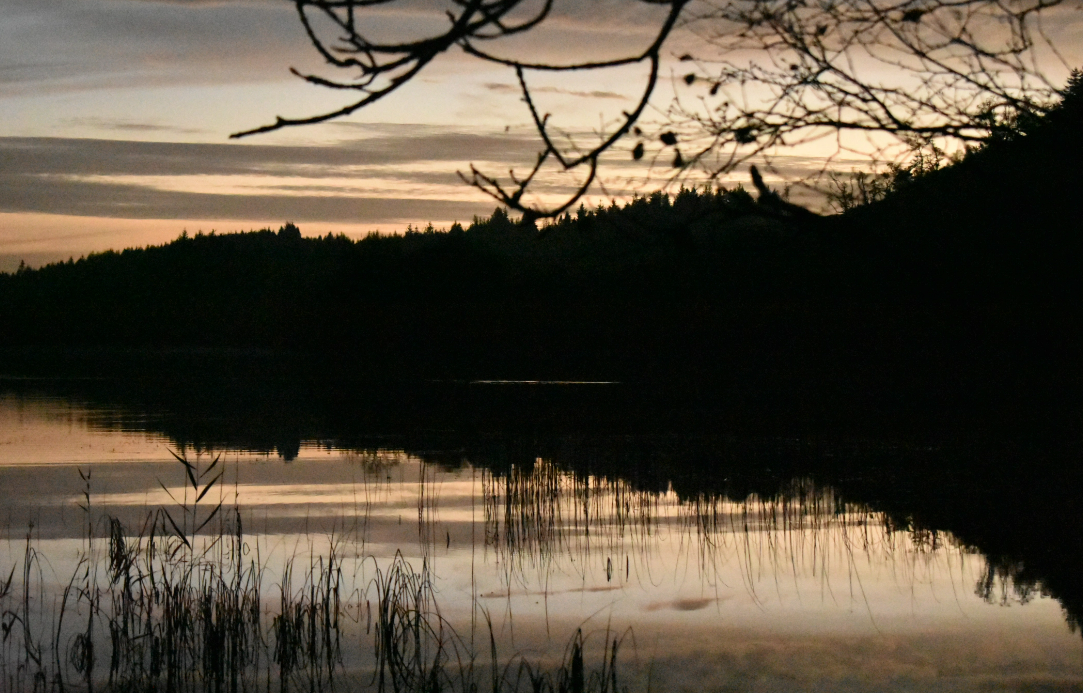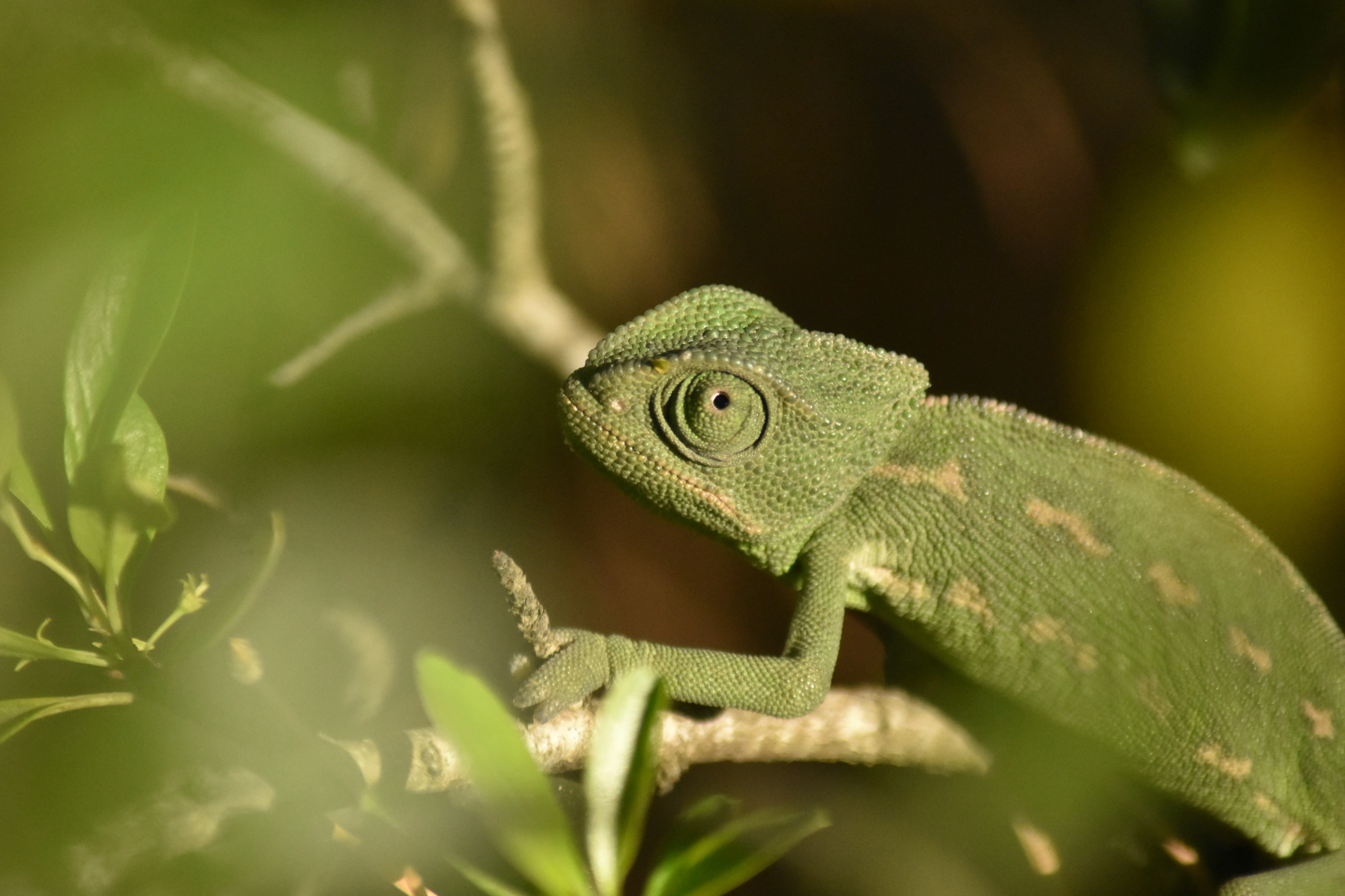Gibraltar for Wildlife Lovers: A Travel Guide

Gibraltar is… interesting. Its history consists of being occupied by and ceded to the British after they had a series of little misunderstandings with Spain, and it was thereafter incorporated into the British Empire. After the Empire ended, a few former colonies decided they weren’t going anywhere, and Gibraltar was one of them. Hence, the result is a small peninsula and town with everything priced in pound sterling that feels like a strange mix of southern England and the Med; orange trees line the streets next to red post boxes and the locals have a mix of Spanish and English accents that make them sound a little bit like they’re from New Zealand.

Gibraltar, despite having real estate at a premium that led it to (controversially) expand its territory artificially with a runway and harbour area, has never faltered in preserving its green spaces, including the slopes of the rock that looms over everywhere. The Upper Rock Nature Reserve is probably the most famous tourist attraction in Gib for its historical sights including the siege tunnels, but also for its nature.
What wildlife can I see here?
The macaques are, of course, the first thing that visitors have on their “to-see” list. Europe’s only wild primates, they are believed to bring good luck and that if they leave the rock so too will the British military. Luckily, I don’t think they’re going anywhere. I was talking about the monkeys, but now that I’m on that topic- and, there go all my Spanish readers. Anyway, they used to have a position in the local garrison called “Keeper of the Apes”, in charge of providing the macaques with food and treating any sick ones, and not managing Rangers fans. They are less aggressive than their counterparts in Asia, with attacks being rare thanks to keeping out any that venture into town and punishing anyone who feeds them. They can be seen eating in the trees but also have huge vegetable piles left out for them, so a few chubby ones are about. They’re always there, though visiting when it’s cooler means seeing them when their fur is thicker and fluffier.

Gibraltar is popular with birders since visiting at the right time of year can yield Europe’s largest migration, in which eagles and kites blanket the skies. Gibraltar is popular as raptors are too heavy to sustain flying for long flapping their wings, so they soar on thermals. These don’t exist over the sea, so they have to glide over the straits and the Rif Mountains in Morocco, plus the Rock, make for two excellent launching points. Mid-April and with a westwards wind is the best time to do so, though if the wind is not co-operating the best thing to do is to go to Tarifa, an hour’s bus trip away, where all the action will be instead. There’s even a bird observatory at the south end of the rock who can advise on what’s been happening lately. The rock is also the permanent home for small birds like the national bird, the Barbary partridge, which doesn’t live anywhere else on mainland Europe. Finding it is more difficult due to the thick vegetation, so staking out clearings might be the best bet. It should be said that much of the area is a military base but they are aware of Gibraltar’s birding scene, so you won’t get arrested for espionage for having binoculars – doing stupid things like jumping the fences or observing an exercise will produce that result.
Finally, dolphin boat trips in the bay area are pretty fruitful, with a 99% success rate. Common and spinner dolphins are the most often seen ones, with bottlenose and pilot whales not being far off. Whales are much less frequent, at about a 5% success rate, and for them you are better off going to Tarifa. Additionally, the trips in Gibraltar are more tailored to families. In both places operators will issue a second trip free if you don’t see anything. However, there is a bit of a catch; if weather conditions sabotage success chances, the trips will be cancelled, and this can happen fairly often given how windy the area is.

How to do Gibraltar on a budget
When in Gibraltar, do as the… Spanish, do. Thousands work in Gibraltar but live across the border where living costs are cheaper, and there’s no major inconvenience for travellers doing this. Most people, even elderly Spaniards, speak good English, and commuting in is nice and easy with the bus station just one block away. Crossing the border itself can take time if the political situation over Gibraltar between the UK and Spain worsens, and if you travel by car. There is really no point in this since everything interesting can be reached on foot and only Gibraltar-registered vehicles can drive around the reserve anyway. Brexit could complicate this, but I got through both sides’ passport checks in less than five minutes. Also, flying into Gibraltar is expensive and there are only a few flights per day so flying into Malaga and bussing or driving from there is far better.
Getting into the reserve will cost you £5, £12 if you want attractions included. For what it’s worth, the Siege Tunnels and St Michael’s Cave make it worth the extra money. Feel free to ask if it’s possible to use the same ticket the day – this doesn’t seem to be the case in an official capacity, but the ticket office guy said he’d be able to validate it for me. In the end, I only went for one day so I can’t exactly confirm, but try your luck. Dolphin trips are £20, though some people have seen them from land at Europa Point on calm days – that’s a definite half measure, though, plus adieu any close-up views.
Once you’re in Gibraltar, covering the reserve and town within half a day is quite easy if you’re reasonably fit (so, about 60% couch potato). If that’s no good, you can easily get a taxi or shuttle tour up the rock towards the Apes’ Den, the site where all the macaques hang out.




